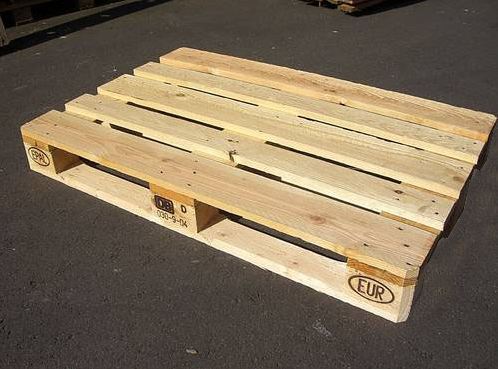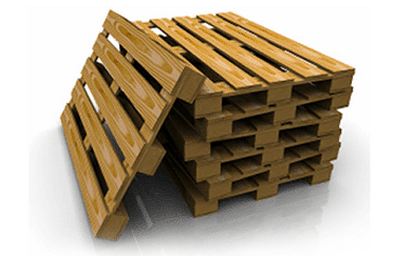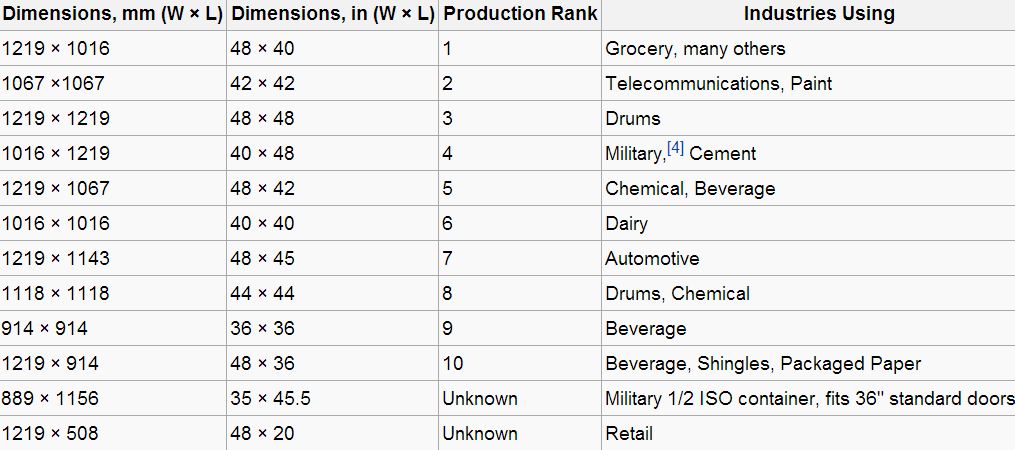Pallets are a staple of the global manufacturer and its material handling processes. Without them, products might literally have to walk themselves to the shelves of your favorite store! While the world of pallets is a relatively large one, today we’d like to focus on the wooden wonder itself. The question we ask is a simple one: are North American pallets bigger than those used in Europe? The answer definitely has implications on the entire world’s shipping and handling procedures!
European Pallet
First, a little background. The European pallet was standardized in 1961 under the auspices of the International Union of Railways. As early pallets were used mostly in the railway industry, the standardization of sizes swept most other industries in Europe soon thereafter. Many European industries smartly utilized what is known as the European Pallet Pool, an agreement system between manufacturers and businesses that dealt with the replacement, exchange, or repair of pallets used to transfer goods. Due to massive increases in manufacturing globalization, the European pallet has seen an increasing decline in usage.
 The most common type of pallet in the European pallet system, EUR 1.
The most common type of pallet in the European pallet system, EUR 1.
The following table gives the standard dimensions of several different standard European pallet types, including its International Organization of Standardization counterpart.
North American Pallet
Pallet use in North America is instrumental in the material handling and manufacturing industries. The most commonly used pallet is one designed by the Grocery Manufacturers’ Association, which encompasses over 30% of all wooden pallets made in the United States. Fun fact: out of all of the wood fiber harvested each year in the US, around 14% is utilized for pallets and other wooden material handling equipment like pallets! Just like in Europe (and all over the world, really), both the International Organization of Standardization and regionally-centered, industry based dimensions are used.
 A standard pallet used in international commerce between Canada and the United States.
A standard pallet used in international commerce between Canada and the United States.
The following table gives the standard dimensions of the most common standard North American pallets, along with the industries that utilize them the most.
So What’s the Difference?
In all honesty? Not very much. As seen in the tables above, the dimensions are very similar overall. However, the North American pallet offers larger sizes for more commonly manufactured items, whereas the Euro version’s most common size is on the smaller end. It’s extremely worth noting that, again, there is an organization dedicated to international standardizing sizes of things – pallets are a perfect “fit” for this type of procedure because of their global usefulness and the increasing rate at which they are a necessary dependency!


